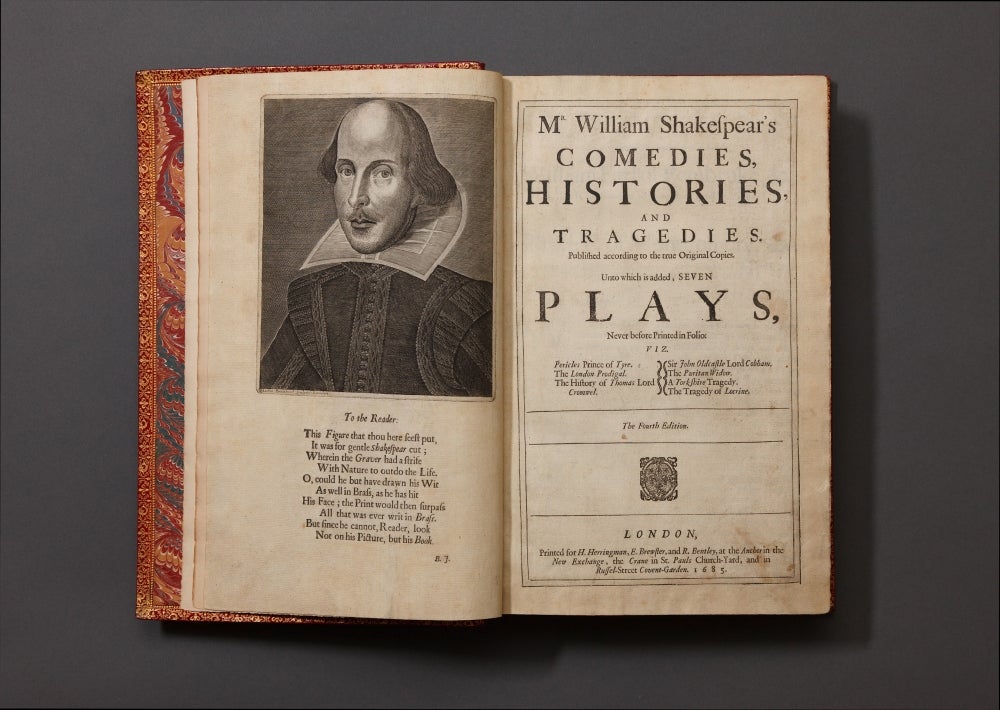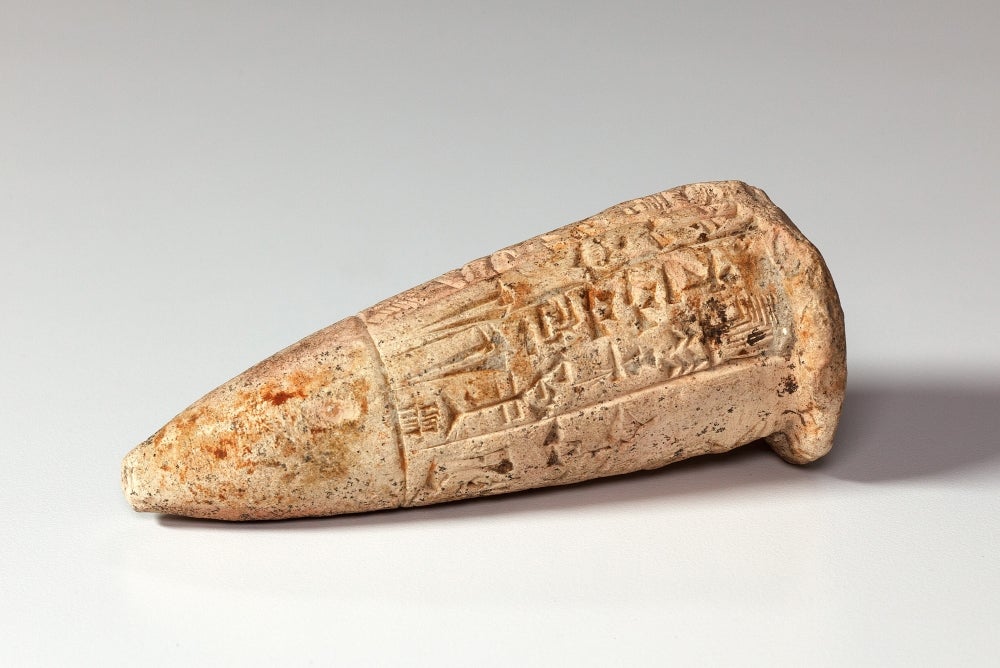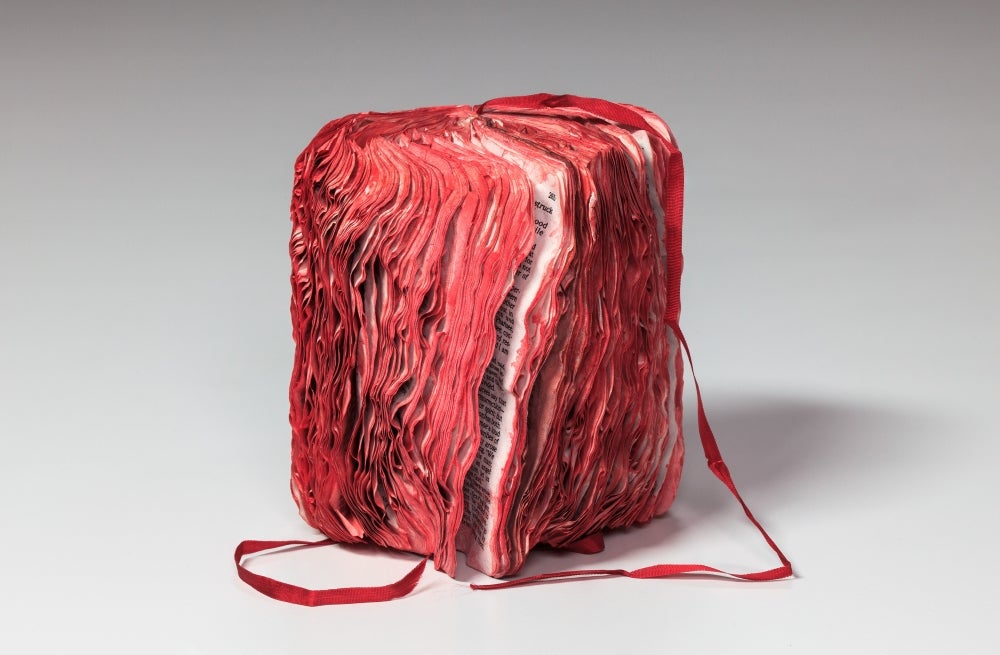Modes of Codex
From Sumerian symbols etched into stone to massive and mass-produced Bibles, to an elegant, handmade geometric box holding tiny pages of poetry, the form that today is referred to, however broadly, as “books” has changed dramatically since the ancient days of cuneiform. And in some ways it has circled back toward its beginnings.
The evolution of the book as a means of communication, as well as the history of book production, are reflected in a new exhibition at the UC Santa Barbara Library. “Modes of Codex: The Art of the Book from Medieval Fragments to Movable Type and Fine Press Printing” tells the tale of the written word, highlighting Mesopotamian tablets, the print revolution and the fine press printers ushering artistry back into bookmaking.
“The exhibition is really focused on the history of printmaking and communication over time, from cuneiform tablet representations, to medieval calligraphy, to moveable type and Gutenberg Bibles, to present book art,” said Danelle Moon, head of Special Research Collections and curator of the exhibition. “This exhibit explores how modes of communication have changed over time, while presenting the beauty and art of book production.”
“It’s an interesting history,” Moon continued. “You can see the reversal of the impact of Gutenberg, which led to mass production of books, to what I call the ‘post-modern’ printing era, the very fine press sort of work that Gutenberg was initially doing but morphed into something much larger.”
Drawing from the library’s existing collections, the exhibition features, among other items, an ancient Sumerian cuneiform tablet; three Gutenberg Bible facsimile leaves; a 1493 Nuremberg Chronicle leaf; a Shakespeare Folio; a 1350 Latin Vulgate Bible; a 1480 French Book of Hours; a first-edition German-language version of Anne Frank’s “The Diary of a Young Girl;” and book artist Karen Baldner’s “German/Jew.”
The assemblage of rare books, manuscripts, artist books, illuminations and other treasured texts highlights ancient manuscripts created by hand on clay, papyrus and other materials, intricate calligraphy and illuminations created by clergy, the Gutenberg print revolution and mass book production.
The exhibition also pays special attention to modern production of fine press and artist books, including work by UCSB faculty members, alumni and students. UCSB’s College of Creative Studies (CCS) offers one of the relatively few — and among the most esteemed — degree programs in book arts in the United States.
“We wanted to highlight our CCS faculty and alumni in book arts, including Harry and Sandra Reese, and Linda Ekstrom, Carolee Campbell and Mary Heebner who are all accomplished book artists,” Moon said. “Several prestigious book producers and artists have come out of their program. The CCS book arts program embraces the importance of visual arts and expression drawing on traditional print processes and digital technologies.
“Book arts represent a collaboration among artists and scholars of history and literature,” Moon added. “The Beat Poets and others challenged the status quo of corporate publishing through a cultural revolution that embraced book arts from all angles, including paper-making, book-binding, limited editions and using movable type. The fine press and artist book movement has brought back the artisan quality of printmaking, and has unbound, reinvented and deconstructed the meaning and purpose of the book. Ironically, the book arts has created a new dichotomy that bridges old and new printing technologies — a reinvention of the meaning of the book.”
“Modes of Codex” is on display through April 29 in the UCSB Library’s Special Research Collections department, located on the third floor of the library’s new building. Admission is free.






